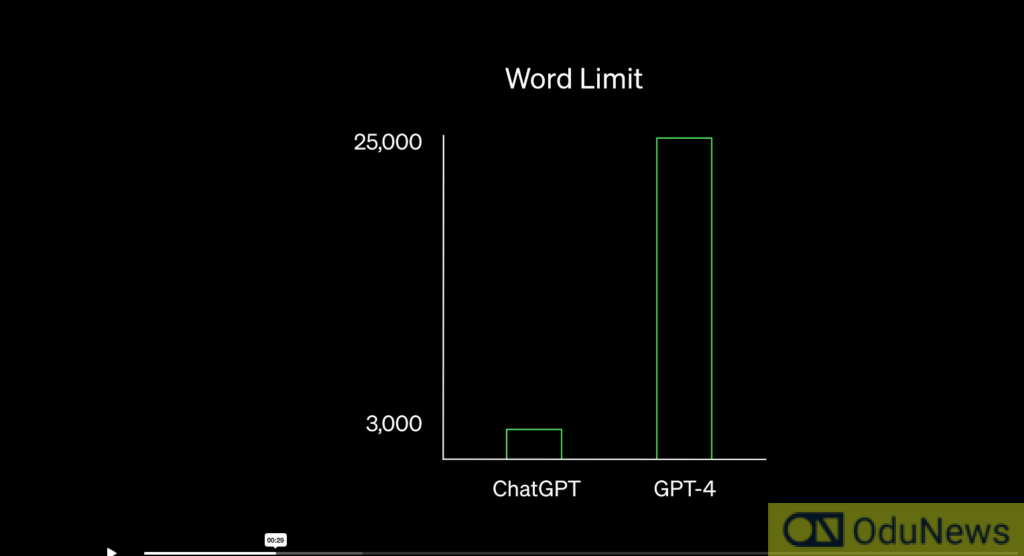On Tuesday, OpenAI unveiled GPT-4, the latest version of its groundbreaking language software, which now includes advanced image analysis and human-like speech capabilities. This release represents a significant leap forward in the rapidly evolving field of artificial intelligence (AI).
Previously, OpenAI’s ChatGPT gained widespread attention due to its ability to generate sophisticated written content. However, it was limited to text generation and relied on technology that has since been surpassed. GPT-4, on the other hand, is a cutting-edge system that can not only produce text but also describe images based on simple written instructions.
This release has generated significant excitement as GPT-4 demonstrates remarkable progress in its capacity for reasoning and learning. Microsoft’s Bing AI chatbot has been using GPT-4 since its launch last month, giving the public a glimpse of its potential.
OpenAI developers believe that GPT-4’s multimodal training across text and images allows it to surpass ChatGPT in terms of advanced reasoning capabilities. Users can upload an image, and GPT-4 can provide a description of the objects and scene within. However, OpenAI has delayed the release of the image-description feature due to concerns about potential misuse.
Currently, GPT-4 is available only for text generation, with ChatGPT Plus subscribers receiving limited access and a waiting list for others. Despite its advancements, GPT-4 still exhibits some of the same issues as previous versions, such as generating nonsensical content, perpetuating social biases, and providing inaccurate information.
Microsoft has heavily invested in OpenAI, hoping its technology will enhance workplace software, search engines, and other online endeavors. The rapid progress of AI, along with ChatGPT’s popularity, has led to a multibillion-dollar competition over AI supremacy and turned software releases into major events.
As AI language models gain prominence, concerns about their potential misuse have also risen. Critics argue that companies are rushing to exploit untested, unregulated, and unpredictable technology that could deceive people, threaten artists’ work, and cause real-world harm.
Despite these concerns, GPT-4 and similar AI models offer vast economic potential due to their ease of use. OpenAI’s latest release builds upon the transformative neural network technique known as the transformer, which was introduced in 2017 and significantly advanced AI systems’ abilities to analyze human speech and imagery patterns.
Since its launch in 2015, OpenAI has become a leading force in the AI industry, developing high-profile tools such as ChatGPT, GitHub Copilot, and DALL-E 2. Over time, the company has adapted its approach to addressing the potential societal risks of making AI tools widely available.
With the release of GPT-4, OpenAI aims to improve upon some of ChatGPT’s shortcomings. However, critics worry that the advanced capabilities of GPT-4 could lead to unintended consequences, such as generating fake images of events or actions that never occurred.
OpenAI CEO Sam Altman has attempted to moderate expectations surrounding GPT-4 while also promoting the company’s vision for the future, including the development of artificial general intelligence (AGI), a theoretical AI superintelligence that could rival or surpass human intelligence.

Submit press release, news tips to us: tips@odunews.com | Follow us @ODUNewsNG

